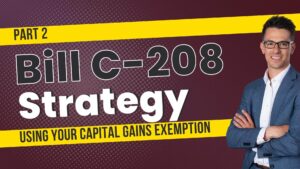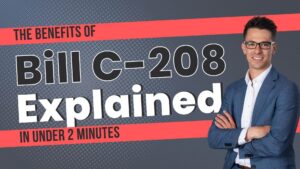Figuring out how much your non-farming children should receive when you pass away compared to your farming child is tough. As I’m sure you’ve heard, fair doesn’t always mean equal when it comes to farm transition planning. To help you get started on coming up with a “fair amount,” here’s a formula you can use. Keep in mind; this is only a starting point, your farm and personal situation may require this formula to be tweaked.
(A) – (X) – (Y) – (Z) / Number of children you have
(A) Your total net worth (farm and non-farm assets)
(X) Your total tax bill if you’d convert all your assets to cash (imagine selling your farmland, equipment, inventory, RRSP, home, etc. how much tax would you pay?)
(Y) Your total debt (farm and non-farm debt)
(Z) The sweat equity your farming child has built up over the years but hasn’t been compensated for it
Here’s an example:
-
- Farm value: $5,000,000
- Non-farm assets: $1,000,000
- Tax bill: $1,000,000
- Total debt: $500,000
- Farm child’s sweat equity: $200,000
- Number of children: 3
($6,000,000)-($1,000,000)-($500,000)-($200,000) = $4,300,000
$4,300,000/3 = $1,433,333
Here’s your theoretical starting point, $1,433,333*. Your farm child gets the $5,000,000 farm, and the other two non-farming children receive $1,433,333 each for a total of $2,866,666. You have $1,000,000 of non-farm assets, so you’re short by $1,866,666 to “make it fair.” How could you fund your shortfall at death?
- Don’t leave all of the farm assets to your farming child. Give some to the non-farming children.
- Have the farm make annual payments to the non-farming children until the shortfall is covered
- Have the farm borrow and make a payment to the non-farming children
- Start withdrawing additional funds from the farm today and setting them aside for the non-farming children
- Purchase life insurance
- Etc.
With so many ways to fund a shortfall, it’s no wonder farmers are often left wondering what they should do. This isn’t an easy decision because no matter what you choose, the farm’s cash flow will be affected.
If you’d like me to review your situation and offer some advice, please don’t hesitate to reach out.
*Make sure you tweak the formula if you’ve already gifted some assets to your non-farming children. For example, if you paid for their university or gave them a down payment on their first home, those gifts should be subtracted from their “What is fair” total.










